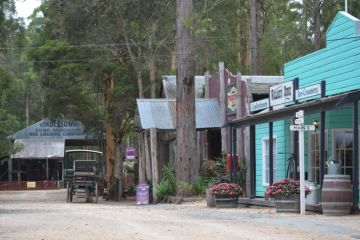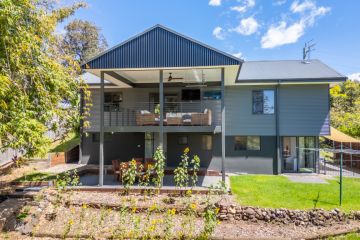House rents fall sharpest in Forrest, according to CoreLogic report
Now could be the best time to rent a home in Canberra’s sought-after inner south.
Forrest has recorded the largest drop in weekly advertised rent for houses over the past year, according to a CoreLogic report.
The median cost of renting a house in Canberra’s most expensive suburb has fallen a staggering 13.8 per cent, despite the nation’s capital remaining one of the country’s most expense cities for tenants.
But incoming residents will still have to fork out $970 a week to call Forrest home.
Nearby, Yarralumla has recorded the biggest drop in weekly advertised rent for units over the 12-month period.
The median cost of renting in the lakeside suburb has fallen by 13.3 per cent to $455.
The two southside suburbs are among Canberra’s top five for rental rate falls, CoreLogic revealed on Thursday.
Torrens recorded the second-biggest fall in the cost of renting a house, with a 9.1 per cent drop to $450 a week, followed by Palmerston with an 8.7 per cent drop to $470.
The median cost of renting a house in Cook fell 8.6 per cent to $450, while Hughes recorded a drop of 5.5 per cent to $520.
Crace recorded the second-biggest fall in the cost of renting a unit, with an 11.8 per cent drop to $300.
The median cost of renting a unit in Gungahlin fell 7.1 per cent to $325, while Weetangera and Ainslie recorded drops of 6.7 per cent to $383 and $560 respectively.
The fall in weekly rental prices signals a small reprieve for a number of tenants.
Canberra’s median weekly rental price was $470 during the March quarter, according to the latest Domain Rental Report released in April – the third most expensive result after Sydney and Darwin.
CoreLogic’s April Rent Review, released last week, revealed Canberra was the only capital city where rental growth was accelerating, with rental prices in the territory rising 2.5 per cent over the past 12 months.
Weekly house rents have fallen by 0.5 per cent across Australia’s capital cities, while unit rents have increased by a record-low of 1.2 per cent, according to the CoreLogic RP Data Monthly Rental Report.
CoreLogic research analyst Cameron Kusher said new housing stock, slowing population growth, weaker wages growth and a recently heightened level of investor purchasing had contributed to the overall fall in rents.
He said units were more than twice as likely to be rented than houses, based on 2011 Census data, as a record-high number of new apartments were constructed across the country.
“Much of the new housing supply under construction is ultimately likely to end up as rental accommodation,” he said.
“While a drop in rents isn’t ideal for investors, particularly given home value growth is generally slowing, for renters the news is pretty good – it means that they can potentially reduce their housing costs, or find superior accommodation for a similar cost.”
Mr Kusher said the results showed demand for rental houses was easing.
“Whether this is due to fewer executive rents as population growth slows or previous renters taking advantage of record-low interest rates to borrow to purchase is unknown,” he said.
“With more rental supply set to enter the market over the coming years we expect that in order to keep tenants, landlords may have to reduce their rents. Although the cost of purchasing a house is becoming increasingly unaffordable, it seems that the cost of renting is set to become more affordable over the coming years.”
We recommend
We thought you might like
States
Capital Cities
Capital Cities - Rentals
Popular Areas
Allhomes
More
- © 2025, CoStar Group Inc.







